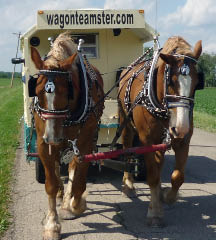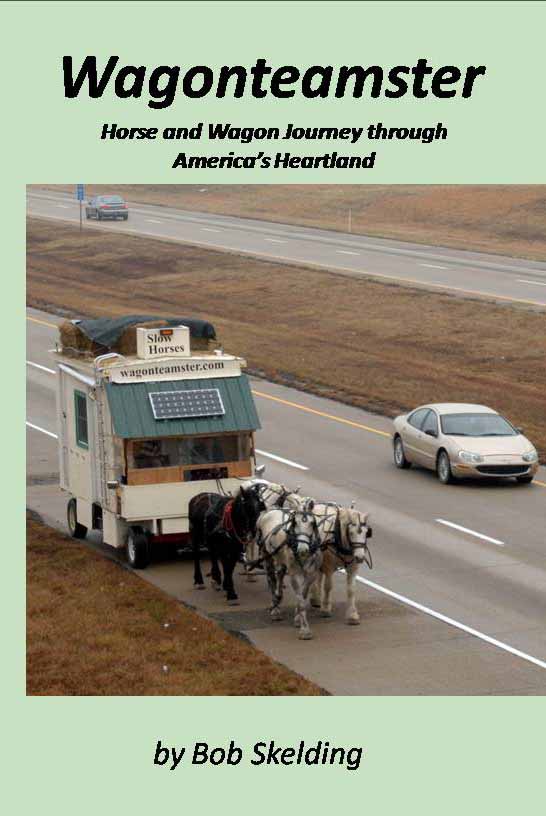|
|
|
Sneak Preview of a New Book Available In a few months |
|
|
||||||||||||||||||||||||||||||||
|
|
|
Wagonteamster |
|||||||||
 |
|||||||||
|
WAGONTEAMSTER .COM |
|||||||||
|
Iíve had several E-mails asking me to comment on the state of the incidents involving the Japanese Nuclear Power Plants. The best source Iíve found for information is the online encyclopedia - Wikipedia. This link contains the most concise information, but due to the lack of instrumentation and high radioactive dose rates, a lot of information in unknown at this time. First of all, it is impossible, due to several laws of physics for the reactors to explode with any type of nuclear explosion. The only way a nuclear explosion can happen is if a very specific type of highly enriched Uranium or Plutonium is engineered and constructed into a weapon. Also, due to the reactor designs used in Japan, itís not possible for radioactive contamination to spread from this event nearly as much as it did with the Chernobly event of 20 years ago. Okay, thatís all of the good news. The bad news is that the tsunami was an event that wasnít counted on when they designed the six units at Fukushima I. The size of the wave(s) was sufficient high to knock out all power to the plant. With the exception of one diesel generator at Unit 6, all power was lost, and the switchgear and cooling pump motors were flooded. So, even if power is restored, and the motors and switchgear was dried out, it would still require extensive maintenance before it could be used. To make matters worse, the critical areas this equipment is located in, is no longer able to support human life, due to itís close proximity to the reactor core. The reactors, spent fuel pools and supporting piping is now probably emitting greater than 1000 rems per hour of radiation. Even a simple maintenance task in the area would be a near term death sentence for the worker. Units 1, 2 and 3 have all suffered severe core damage. This occurs when the metal cladding around the fuel pellets has melted; and at a higher temperature the ceramic Uranium fuel itself had began to melt. This releases the highly radioactive atomic fragments (that were formed by splitting uranium atoms) to the local area. The damage to the fuel occurred from residual heat (about 15 to 30 megawatts per hour for each reactor, a week after reactor shutdown). If the heat is not removed by cooling water, the fuel just keeps getting hotter, until the metal cladding and finally the fuel starts to melt. With no power, bad equipment, and even no instrumentation, there is little the plant can do to stop the process, Other than trying to get some external sources of sea water on things, the only way the fuel will stop heating up is by time and dispersion of the fuel. Over the next few weeks, it will stabilize, but it will have to do so pretty much by itself. Also, residual heat in the unit 4 spent fuel pool (and probably units 1, 2, & 3) has caused the large pools of water where the old fuel is stored to boil off. This has exposed the even greater quantity of old fuel in the pools to atmosphere, and probably has damaged this fuel integrity as well. Itís my educated guess, that in the weeks, months and years to come things will stabilize. I expect in the future that these plants will be a human exclusion zone, and a surrounding area, up to 10 to 20 miles will no longer support human habitation. This is a grim picture for Japan an the people that used to live in the area. My hats are off to the brave workers who have been trying to mitigate the situation. Many are risking there life and health to try to bring stability to a bad situation and help reduce the effects of this event. God Bless them and all of the unfortunate victims of the earthquake, tsunami and the nuclear event.
|
|||||||||


